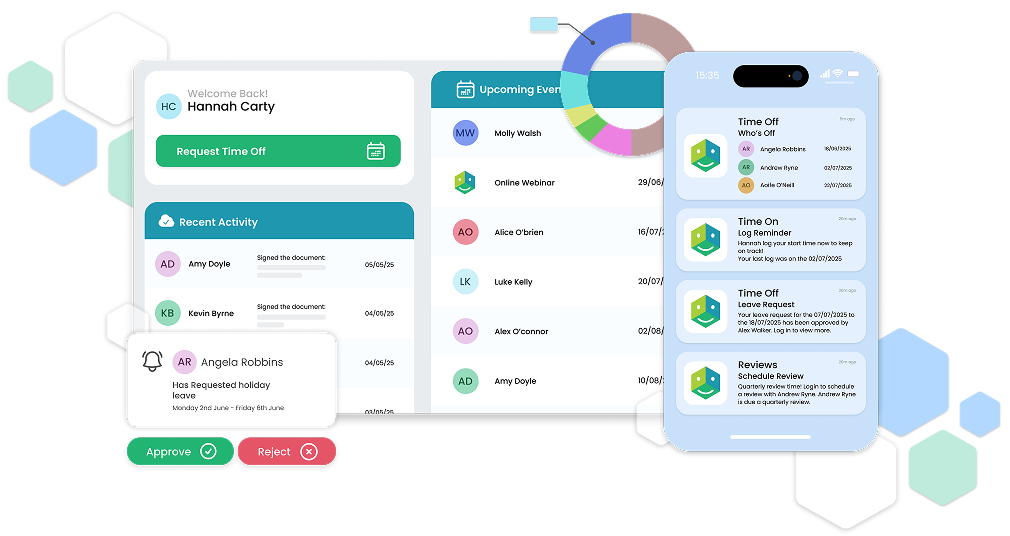As businesses everywhere make difficult decisions and consider cutbacks and redundancies to stay afloat, HR is at the frontline for creating an empathetic and compassionate offboarding process – compliantly and remotely.
What is Offboarding?
Offboarding is the process that a company implements when an employee’s contract is terminated. It includes signing termination paperwork, conducting an exit interview, retrieving any company benefits such as laptops or phones, and revoking access to physical and online workspaces.
With redundancies on the rise, it’s more important than ever to leave working relationships on good terms - your company’s reputation depends on it. In regular times, the importance of offboarding is a given, but in uncertain times, offboarding employees needs to be done fairly and with empathy.
People leave; it’s part of every company’s journey. Even with the flexibility and benefits of remote work, there comes a time when employees move on. Despite this, only 29% of companies have laid out a formal offboarding process.
Best Practice When Offboarding Remotely
Your employees deserve a decent farewell as much as they deserved that warm welcome when they first arrived. Make employee offboarding a priority on your task list and turn an awkward goodbye into a memorable experience that benefits everyone.
Here are some essential steps to make offboarding remotely a success:
- Make sure the departing employee’s knowledge is transferred to other members of the company.
- Prior to the employee’s end date, make sure you check in regularly. This will help you keep track of the projects they are working on and their current stage of completion.
- Schedule an exit interview and listen to feedback; it can be invaluable.
- Be deliberate about maintaining a positive relationship. You never know when you might need to call on their expertise again!
- Leave the door open for employees who may wish to return to your company in the future.
Time to Say Goodbye
Taking time to develop a strong offboarding process can be beneficial for your company on so many levels. It can help management identify areas that need improvement in the future.
By completing successful offboarding procedures, you can leave the door open for employees who might want to return with new skills or, at the very least, be an asset to your organisation in the future.
Having an offboarding process in place is also a great indicator to current and future employees that your organisation’s company culture values their progression from start to finish and is interested in constant improvement.









